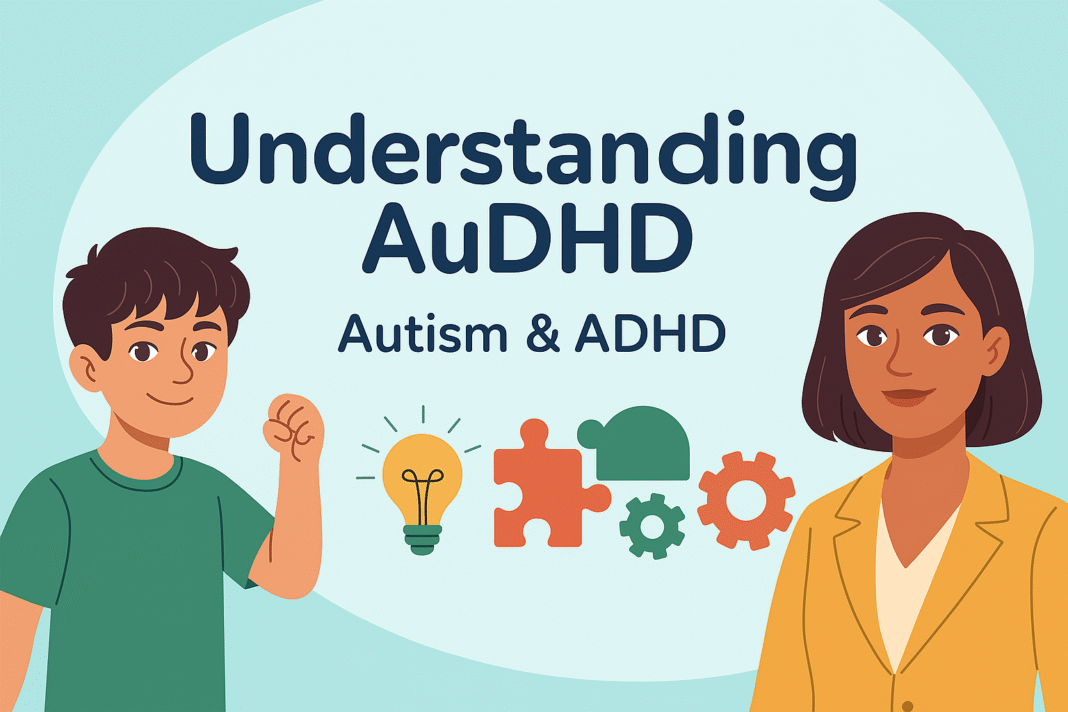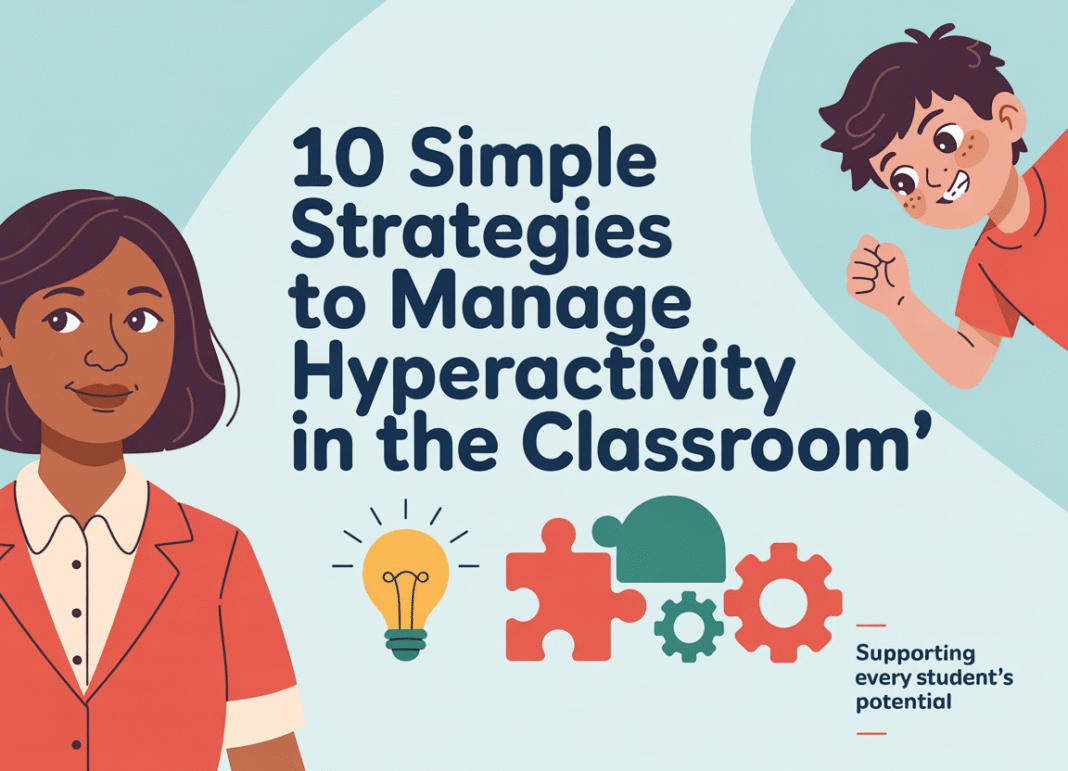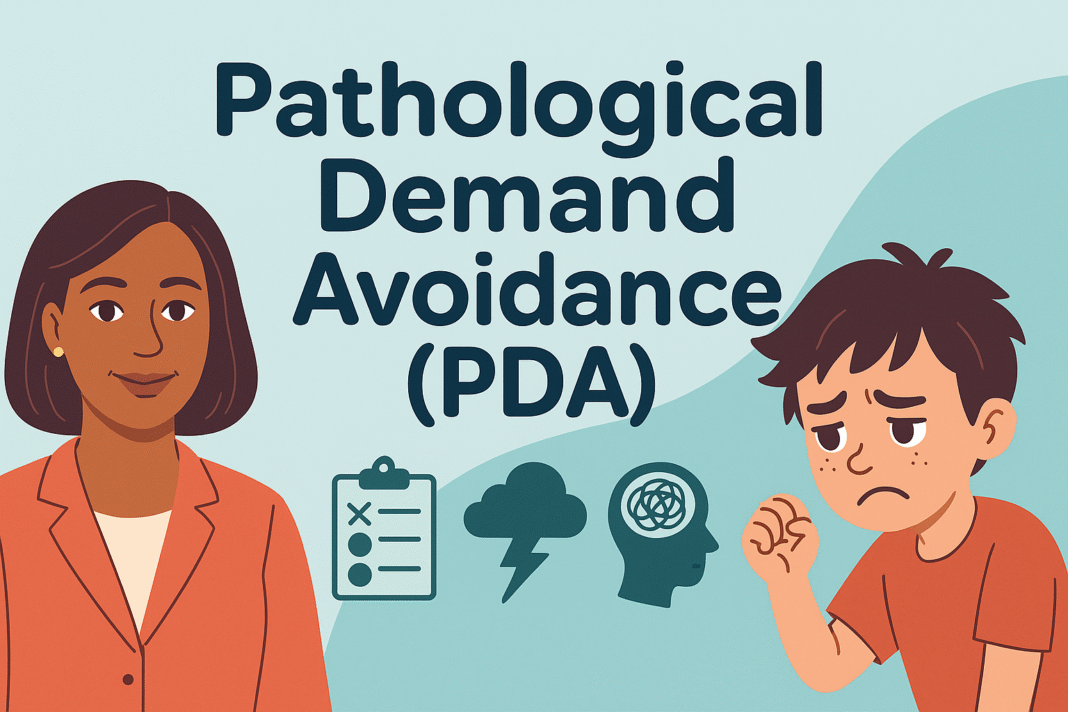AuDHD refers to the co-occurrence of Autism Spectrum Condition (ASC) and Attention-Deficit/Hyperactivity Disorder (ADHD). It is a combined neurodivergent profile with both overlapping and distinct traits. This article addresses the main questions parents, educators, and specialists often have, and provides strategies and resources to support individuals with AuDHD. At the end, you will find recommended guides by BerMed for deeper help.
What Is AuDHD and Why Does It Matter?
Definition: AuDHD means someone meets diagnostic criteria for both autism and ADHD. These are not just two separate labels but conditions whose traits interact in complex ways.
Importance: Understanding the overlap helps with diagnosis, support, and adapting environments at home, school, and in therapy. Without recognizing both, interventions may miss essential needs.
Frequently Asked Questions
How common is it?
Many individuals on the autism spectrum also show ADHD traits. Research increasingly shows that co-occurrence is not rare. Because diagnostic systems often treated them separately, many people with AuDHD go undiagnosed or misdiagnosed for years.
What are the common signs, and how do autism and ADHD traits overlap or differ?
| Area | Autism traits | ADHD traits | What AuDHD can look like |
|---|---|---|---|
| Attention and focus | Deep interest, sometimes intense focus on specific topics, resistance to switching tasks | Distractibility and difficulty staying focused on less interesting tasks | Hyperfocus on special interests but struggle with routine tasks like homework or chores |
| Impulsivity and inhibition | Social impulsivity such as blurting out, difficulties knowing when to stop | Impulse control issues across settings, quick responses without planning | Emotional outbursts are more frequent, especially under stress or overload |
| Sensory sensitivity | Heightened reaction to sound, light, texture, need for predictable routines | Environmental distractions worsen attention, lower tolerance for chaotic settings | Overwhelm becomes stronger, sensory overload intensifies attention and regulation issues |
| Social and emotional | Challenges with reciprocity, reading nonverbal cues, understanding social norms | Impulsive social behaviour, difficulty adapting socially | Masking, feeling misunderstood, frequent social fatigue |
| Executive function | Struggles with planning, organizing, switching tasks, strong need for structure | Trouble initiating tasks, procrastination, weak time management | Combined challenges that require both strong structure and flexibility with frequent reminders |
How is AuDHD diagnosed and what are the challenges?
Diagnostic criteria rely on standard tools such as DSM-5 or ICD. Clinicians assess symptoms across settings and developmental history.
Challenges include:
- Masking or compensation, especially in girls or high-ability individuals.
- Overlap and misattribution, where ADHD traits are explained as autism or vice versa.
- Symptom onset timing, as ADHD requires evidence of early symptoms that may have been overlooked.
- Co-occurring issues such as anxiety, depression, sensory processing difficulties, and learning disabilities.
What Helps: Support and Intervention
Support is most effective when individualized, flexible, and mindful of both conditions. Helpful approaches include:
- Adjusting environments with quieter spaces, reduced distractions, and sensory tools.
- Building routines that are predictable yet flexible enough to reduce rigidity.
- Providing executive function supports like checklists, timers, and task breakdowns.
- Teaching emotional regulation and coping strategies for frustration and overload.
- Offering structured opportunities for social and communication skills practice.
- Ensuring collaboration between parents, educators, and therapists for consistency.
- Using therapeutic and medical support when appropriate, including ADHD medication or occupational therapy.
What Parents and Specialists Often Worry About
- Will traits improve with age or can skills develop? Many people learn coping skills. ADHD symptoms often change over time. Autism traits remain lifelong but may shift in how they present.
- Are medications safe? Families should work with professionals, try monitored doses, and watch for side effects.
- Will schools or systems provide adequate support? Advocacy, documentation, and knowledge of education laws are often required.
- How will self-esteem and social life be affected? With acceptance and support, individuals can build strong identities and confidence.
- What about family or caregiver burnout? Building in rest, support networks, and realistic expectations is essential.
Research Gaps
- Long-term outcomes of individuals with AuDHD.
- Interventions designed specifically for AuDHD instead of for autism or ADHD alone.
- Cultural, gender, and socioeconomic influences on diagnosis and experience.
- Tailored strategies for adults with AuDHD.
Video and Multimedia Resources
Videos and real stories help families and specialists better understand AuDHD. Useful examples include:
- How to ADHD YouTube channel, covering executive function and coping strategies.
- What is ADHD? video from the American Psychological Association for a clear overview.
- Parent panels or personal stories from individuals with AuDHD to show lived experiences.
These can be embedded in parent workshops, professional trainings, or classroom sessions.
Recommended Guides by BerMed
For more structured and practical resources, BerMed has published two guides on Teachers Pay Teachers. They provide ready-to-use tools for educators and families:
- AuDHD Guide: Strategies, Support and Success for Educators and Families
A 47-page resource with case studies, worksheets, checklists, and accommodations.
Find it here - Supporting Students with AuDHD: Strategies and Insights for Educators
A 40-page guide with classroom strategies, differentiated instruction ideas, and behaviour support tips.
Find it here
Both guides are practical for teachers, parents, and specialists who want reliable strategies that save time and address real challenges.
Conclusion
AuDHD is not just autism and ADHD side by side. It is a unique combination that shapes how someone learns, interacts, and experiences the world. With proper recognition, flexible strategies, and strong resources like the BerMed guides, individuals with AuDHD can thrive and reach their potential.




